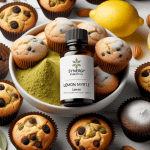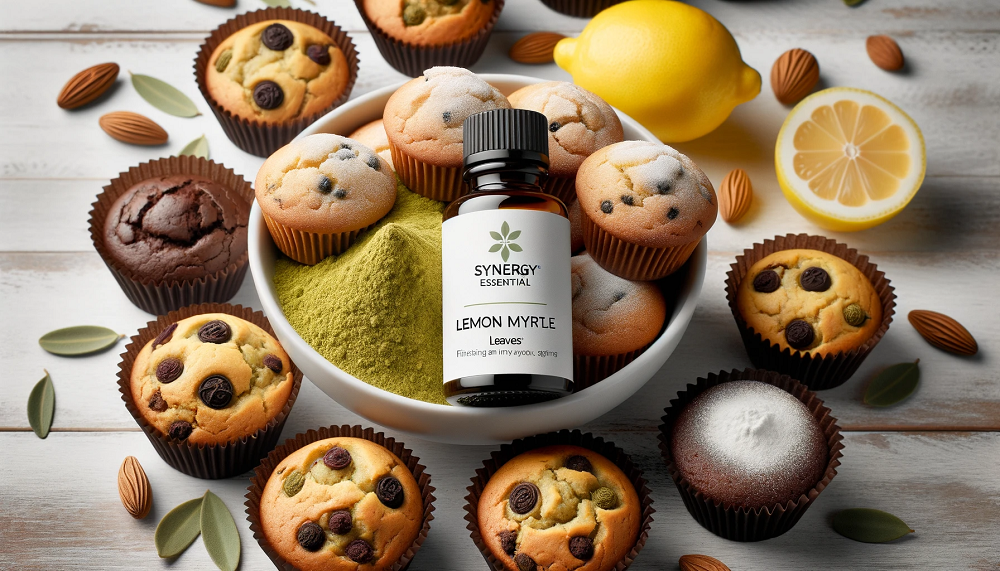- Manuka honey is prized for its strong antibacterial properties linked to its unique natural compounds.
- Regular honey offers general health-supporting nutrients and natural sweetness.
- Manuka comes mainly from New Zealand’s Manuka tree; its rarity drives higher cost.
- Not all honey is equal — source, quality, and testing make a difference.
What It Is and Why It Matters Now
Manuka honey is produced by bees pollinating the Manuka bush (Leptospermum scoparium) native to New Zealand. It contains methylglyoxal (MGO), a compound linked to enhanced antibacterial effects. Recent consumer interest reflects science-backed awareness, supply limitations, and increased demand for natural wellness products (Healthline, BBC News).
Regular honey, in contrast, is made from nectar of various flowers worldwide. While it offers natural sugars, enzymes, and trace antioxidants, it does not have the same concentrated antibacterial activity unique to Manuka honey.
Benefits and Evidence
Both types of honey can support a balanced diet through their natural composition. Credible studies suggest:
- Antibacterial activity: Manuka honey shows higher antibacterial potential due to MGO content.
- Wound care: Medical-grade Manuka has been used topically under clinical supervision in some healthcare settings.
- Soothing properties: Both honeys can help soothe the throat when consumed warm in beverages.
However, not all effects are guaranteed. Evidence is moderate, and honey should be consumed in moderation due to its sugar content. Children under 1 year old and individuals with specific health concerns should avoid raw honey.
How to Use
You can enjoy both types of honey in culinary and wellness contexts. Here are a few simple ideas:
- Stir into warm herbal tea.
- Drizzle on whole-grain toast or oatmeal.
- Mix into plain yogurt with fruit.
- Use small amounts in salad dressings or marinades.
| Form | Typical Use |
|---|---|
| Raw Manuka Honey | Enjoy directly from the spoon or in warm drinks to preserve properties. |
| Regular Raw Honey | Everyday sweetener for cereals, baking, or beverages. |
| Medical-grade Manuka | Applied topically for certain healthcare uses under professional guidance. |
Quality and Sourcing
For Manuka honey, look for a certified MGO or UMF (Unique Manuka Factor) rating that verifies authenticity and potency. Quality indicators include origin labeling, batch testing, and avoidance of excessive heat processing. Regular honey should be labeled “raw” or minimally processed for best retention of natural enzymes.
At Synergy Essential, we prioritize rigorous sourcing from trusted beekeepers, transparent quality testing, and clear labeling to ensure consumers receive authentic honey with traceable origins.
FAQs
1. Is Manuka honey better than regular honey?
It depends on your purpose. Manuka honey has unique antibacterial strength, while regular honey offers broader culinary and nutritional benefits.
2. Why is Manuka honey so expensive?
It is rare, sourced mainly from New Zealand, and harvest periods are short with high global demand.
3. Can both honeys be heated?
Gentle warming is fine, but high heat can damage beneficial enzymes.
4. How can I ensure I’m getting real Manuka honey?
Look for trusted brands with UMF or MGO ratings, batch numbers, and independent lab testing.
5. Is it safe for children?
Honey should not be given to children under 1 year due to botulism risk.
Disclaimer
This article is for information purposes only and is not medical advice. Always consult a qualified healthcare professional for personal recommendations.
Conclusion
Both Manuka and regular honey have a place in modern kitchens and wellness routines. Choosing between them depends on your taste, health goals, and budget. By understanding sourcing and quality, you can enjoy honey in ways that suit your lifestyle. For more natural living insights, visit the Synergy Essential blog.

